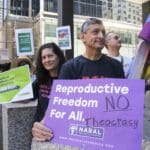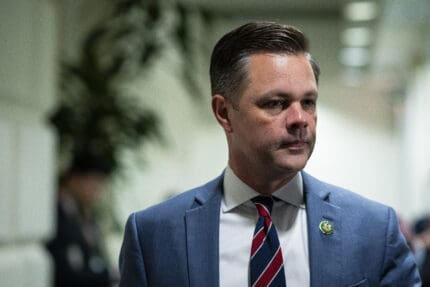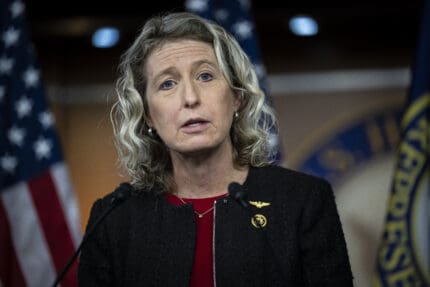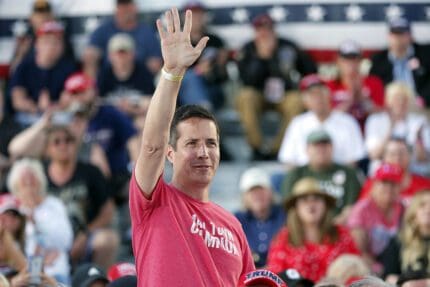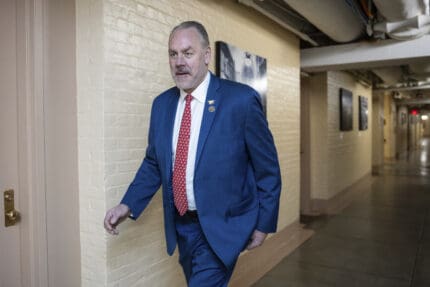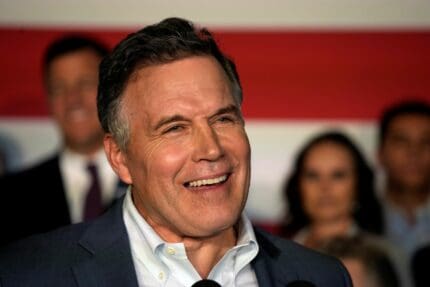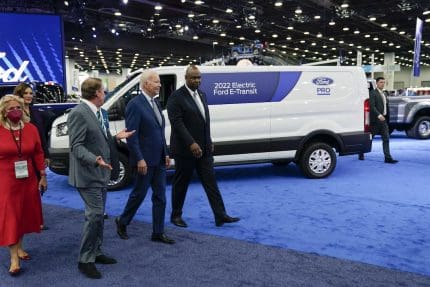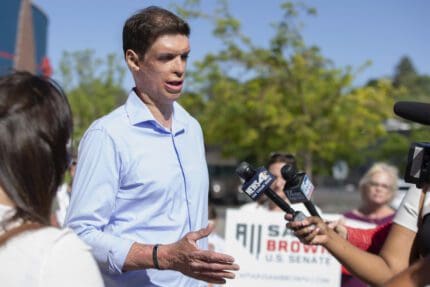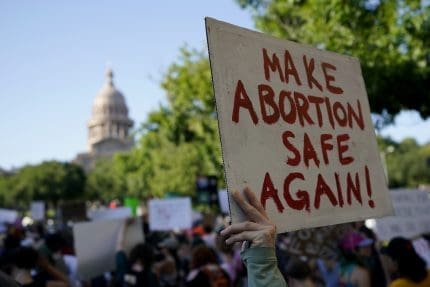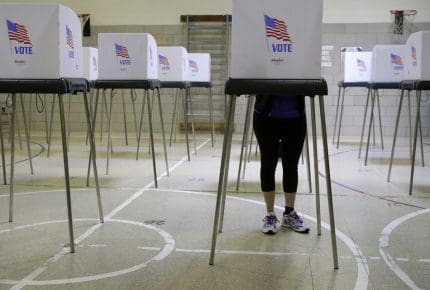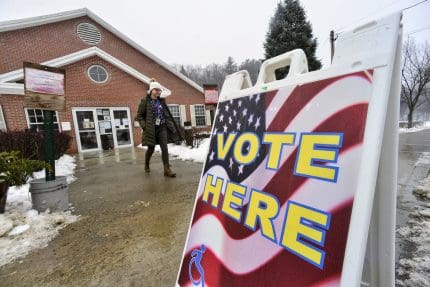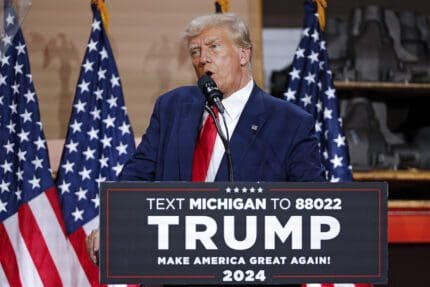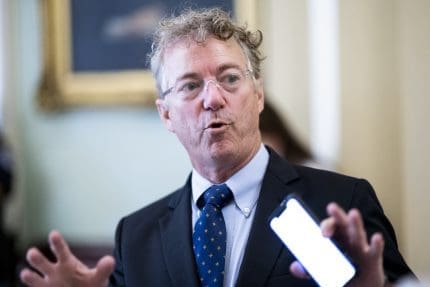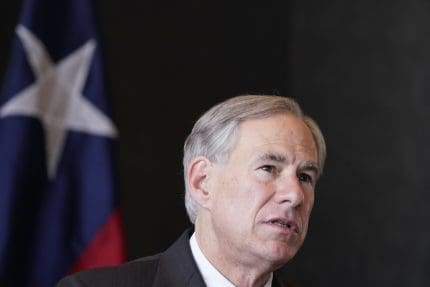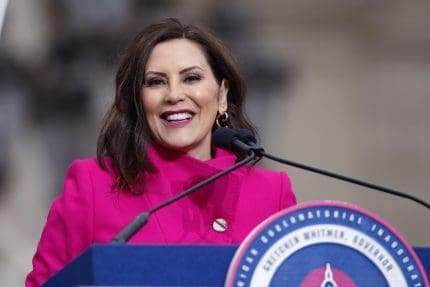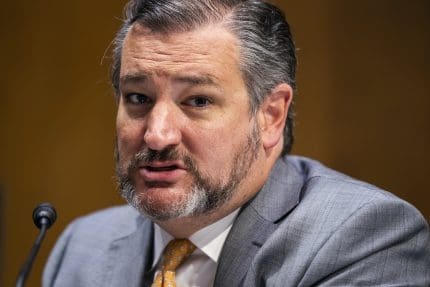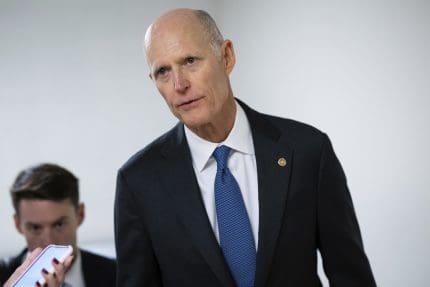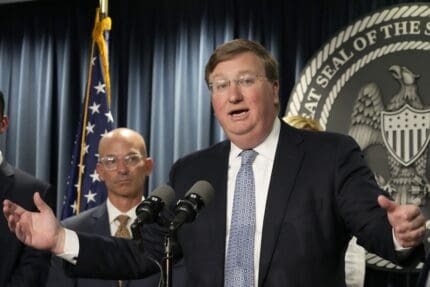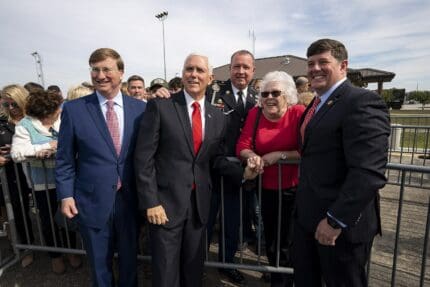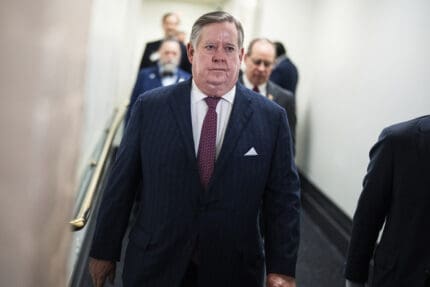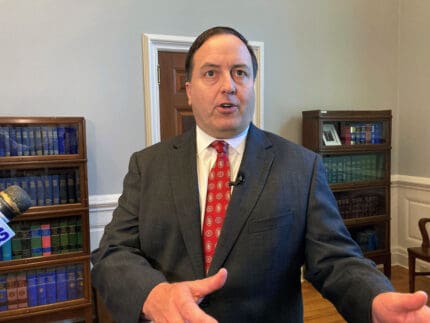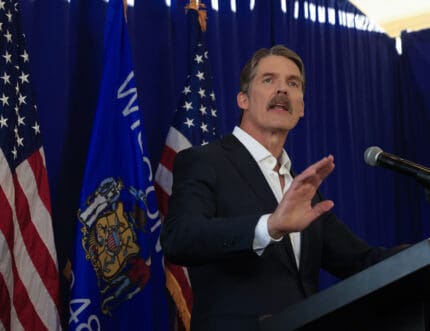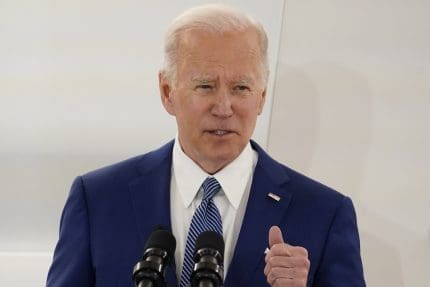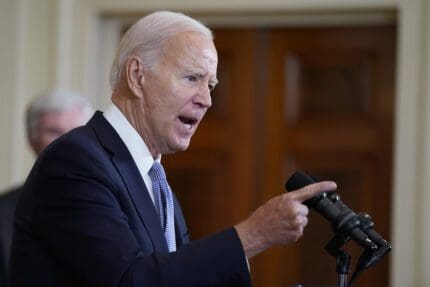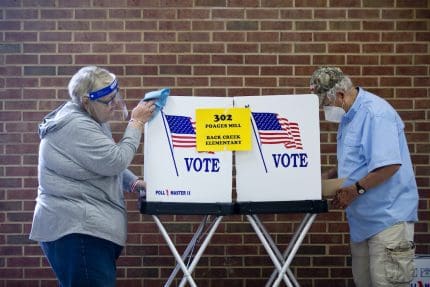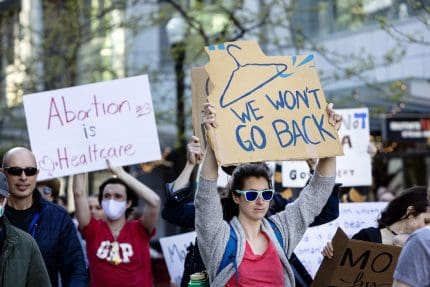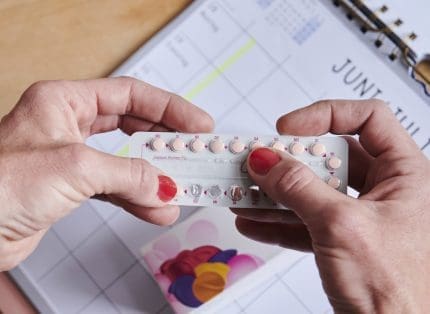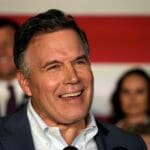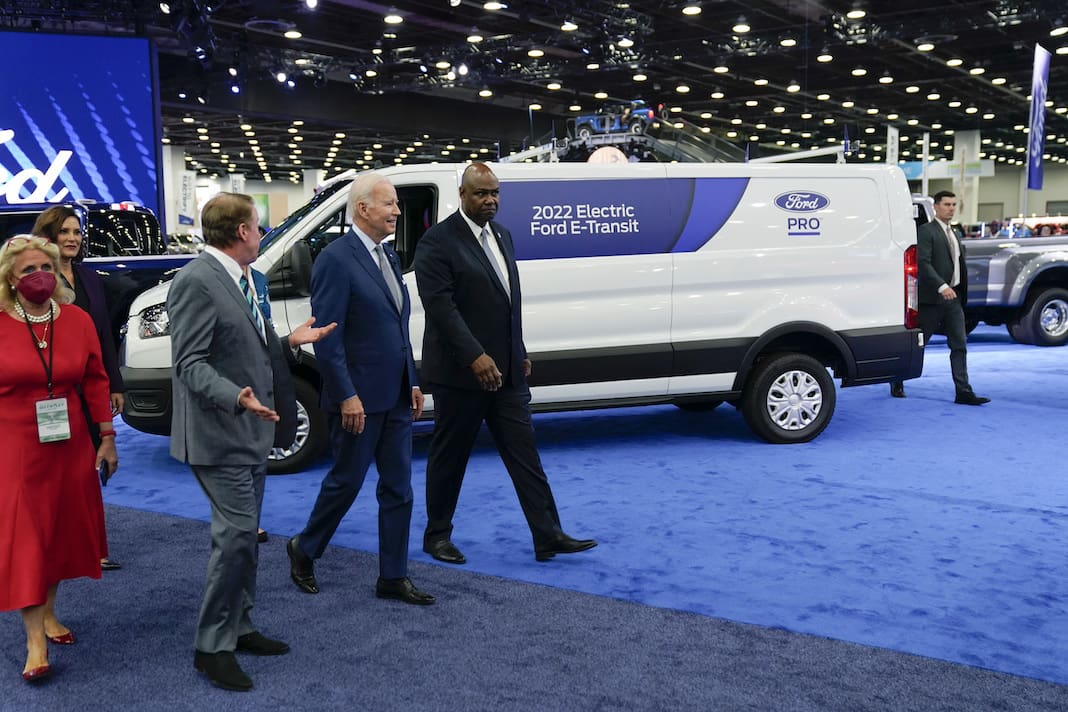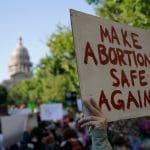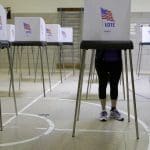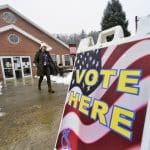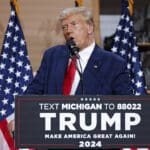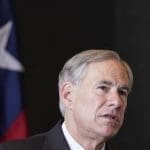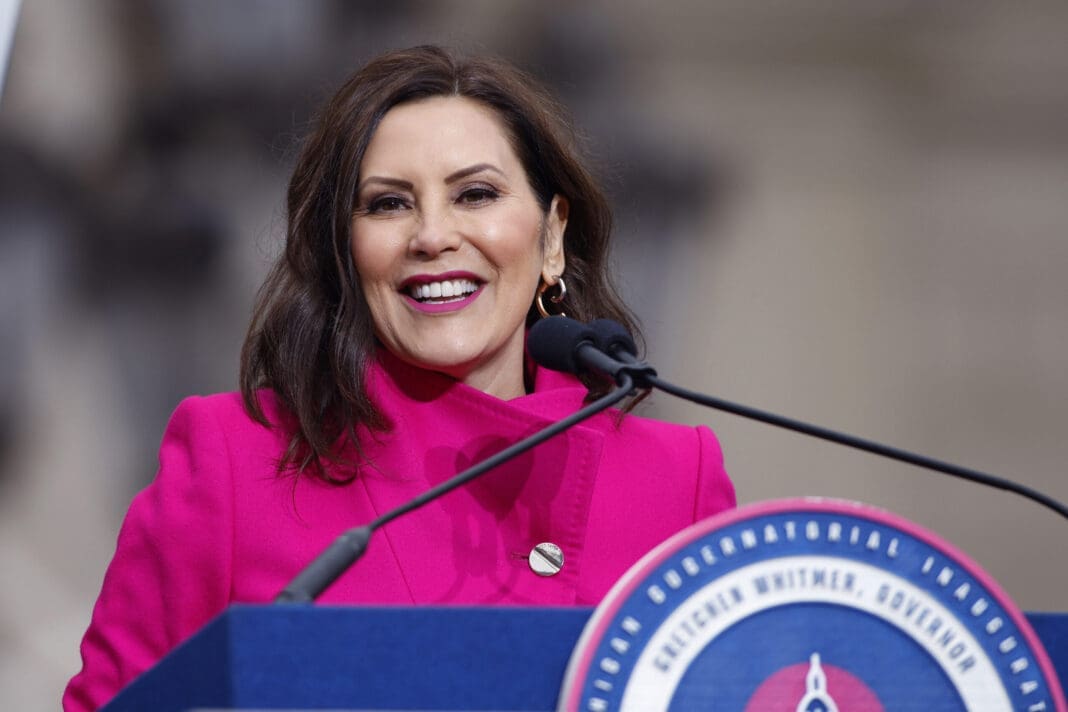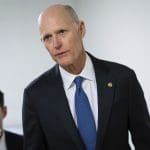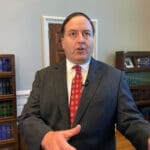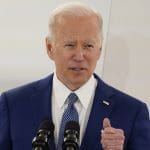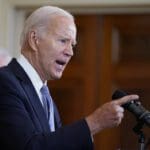Fact-checking Trump on coronavirus: No, Americans don't want to work during outbreak
Trump said Americans want to end social distancing measures get and get back to work. But a poll showed the exact opposite.
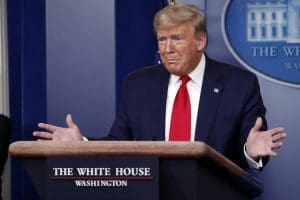
Trump’s lies about the novel coronavirus are coming fast and furious.
Every time he comes to the White House briefing room to give an update about COVID-19 disease and what the federal government is doing to try and stop the spread, he lies about the virus and the response.
Here’s a continued running list of Trump’s coronavirus lies. Previous weekly fact checks can be found here.
March 26
“Everybody wants to go back to work.” — Trump said on Fox News’ “Hannity” show
Trump has been talking about ending social distancing measures by an arbitrary Easter deadline, even though public health officials say that could lead to more deaths and an overrun of the health care system.
To justify his decision, he said people want to go back to work.
However, polling simply does not bear that out.
A Morning Consult/Politico poll released on Tuesday found that 74% of voters support social distancing measures.
That support comes from across the political spectrum, with 81% of Democrats backing the national quarantine, 72% of Republicans, and 69% of independents.
“I have a feeling that a lot of the numbers being said in some areas, they’re just bigger than they’re going to be. I don’t believe you need 40,000 or 30,000 ventilators.” — Trump on “Hannity“
Governors have been pleading for Trump to help their states procure lifesaving ventilators for patients arriving at hospitals with severe COVID-19 cases.
In particular, Democratic New York Gov. Andrew Cuomo — whose state is at the heart of the COVID-19 outbreak in the United States — has said he needs tens of thousands more ventilators for the coming surge of severe cases, and has vowed to pass those ventilators to states who experience surges like New York’s down the road.
The need for ventilators in New York has already become desperate, with some hospitals even treating two patients with one ventilator, the New York Times reported.
However, Trump — contrary to evidence — says that New York doesn’t need that many ventilators.
And according to the Times, the federal government blew up a deal to produce up to 80,000 ventilators because the Trump administration balked at the price tag.
“There is no risk when it’s already out there in a different form for a different purpose.” Trump on “Hannity,” regarding experimental drug treatments for COVID-19
Trump has been pushing experimental treatments for COVID-19; namely, use of the antimalarial drugs hydroxychloroquine and chloroquine.
Experts are hopeful the drug cocktail of the anti-malarial drugs, as well as the use of the antibiotic azithromycin, could be a breakthrough for people suffering severe cases of COVID-19.
However, this strategy is not without risk, as Trump claimed they are. The Department of Health and Human Services says experimental treatments can come with serious side effects.
Dr. Anthony Fauci, the infectious disease expert who sits on the White House’s coronavirus task force, has warned that the cocktail of drugs does not have scientific backing.
“The president feels optimistic about something, has feelings about it,” Fauci said when Trump first started talking about the experimental treatment. “I am saying it may be effective.”
March 25
“Nobody could have ever seen something like this coming, but now we know, and we know it can happen and happen again. And if it does, somebody is going to be very well prepared because of what we’ve learned and how we’ve done.” — Trump said at a White House news conference
This is untrue.
The National Security Council in 2016 came up with a pandemic playbook, which Trump had access to, Politico reported.
That playbook described a pandemic situation like the one the country has currently found itself in, and it recommended hundreds of steps the Trump administration should have taken as soon as there were signs of an “emerging disease threat anywhere in the world.”
China reported the first cases of the novel coronavirus on Dec. 31, 2019, which under the playbook means the Trump administration had months to prepare before the virus was detected in the United States.
Among other things, the playbook called for ensuring hospitals would have the kind of protective gear they are currently lacking and “diagnostic capacity” would be up to speed.
Yet, the Trump administration did none of those things. And now, the virus is spreading, the U.S. economy is cratering, and hospitals are reporting a lack of resources that could increase the death toll.
“The LameStream Media is the dominant force in trying to get me to keep our Country closed as long as possible in the hope that it will be detrimental to my election success. The real people want to get back to work ASAP. We will be stronger than ever before!” — Trump tweet
Trump on Wednesday falsely claimed that the media is trying to unnecessarily keep social distancing measures in place to try to hurt his reelection bid.
All of these claims are categorically untrue.
The media is not forcing Trump to do anything. It has been reporting concerns from public health experts, who say that ending social distancing measures too soon will lead to more people dying and an overrun of the country’s health care system.
Meanwhile, it’s Trump’s belief that keeping social distancing measures in place, which hurts the economy, will hurt his reelection chances.
So far, there’s no evidence that’s true. In fact, Trump’s approval rating has ticked up during this crisis.
March 24
“You’re going to have suicides by the thousands.” — Trump at the Fox News town hall
Trump has been claiming that more people will die by suicide if the economy doesn’t go back to normal than people would die from COVID-19, the disease related to the novel coronavirus.
He first made that claim Monday night at a news conference, saying that if social distancing measures weren’t lifted, there would be suicides “in far greater numbers than the numbers that we’re talking about with regard to the virus.“
However, there is no evidence that the economic decline would lead to thousands of suicides. Nor is there evidence that the number of suicides would be higher than COVID-19 deaths.
Back in March, a scientific report found that without any social distancing measures, 2.2 million Americans could die from COVID-19 disease, according to the New York Times.
In comparison, there was one study of the impact of the 2008 financial crisis that found that 10,000 suicides were tied to the economic crisis across the entirety of Europe and North America.
“That was a flu where if you got it you had a 50/50 chance, or very close, of dying.” — Trump said Tuesday at a Fox News town hall of the 1918 flu
This is not true.
The 1918 flu did not have a 50% fatality rate — it was closer to 2.5%, according to the Centers for Disease Control and Prevention. While it’s unclear what the ultimate death rate of COVID-19 will be, the World Health Organization on Monday raised the fatality rate of the virus from 2.1% to 4.4%.
“In a short period of time we’ve done more testing than South Korea.” — Trump said at the Fox News town hall.
This is misleading.
South Korea has been hailed for flattening the curve of the novel coronavirus without having to resort to the extreme social distancing measures that the United States is taking.
They were able to stop the spread by quickly producing tests for the virus, and conducting them to identify where the virus was spreading and quarantine people who were carriers before it could get out of control.
So far, South Korea has conducted more than 300,000 tests among its 51 million person population, according to the New York Times.
By contrast, the United States has conducted about 170,000 tests as of March 21, according to CNN. That’s a far lower rate given the United States has a population of more than 329 million people, according to the Census Bureau.
March 23
“I say we have a very active flu season, more active than most. It’s looking like it’s heading to 50,000 or more deaths. Deaths, not cases. Fifty thousand deaths, which is — that’s a lot. And you look at automobile accidents, which are far greater than any numbers we’re talking about. That doesn’t mean we’re going to tell everybody, ‘No more driving of cars.’ ” — Trump at a White House news conference
Trump has been talking about ending social distancing measures earlier than experts have advised because he’s worried about the economic impact.
But he used a bad analogy in the process of downplaying the COVID-19 and its death toll.
More than 37,000 people die in car crashes per year, according to the Association for Safe International Road Travel.
However, those deaths aren’t all in the same few-week span — which is what the coronavirus threatens to do. And they don’t increase at an exponential rate, like the hospitalizations and deaths from COVID-19 are currently doing. Both of those factors threaten to overwhelm the country’s health care system, possibly leading to more deaths.
Trump also failed to acknowledge that there have been numerous laws passed over the years to increase road safety, including seat belt laws, highway safety regulations, and speed limits, among other things.
“Republicans had a deal until Nancy Pelosi rode into town from her extended vacation. The Democrats want the Virus to win? They are asking for things that have nothing to do with our great workers or companies. They want Open Borders & Green New Deal. Republicans shouldn’t agree!” — Trump tweet
Trump is trying to throw a wrench into congressional negotiations over a massive piece of financial bailout legislation intended to help workers and businesses suffering from the coronavirus economic fallout.
In the process, he lied about House Speaker Nancy Pelosi.
She was not on an “extended vacation.” She’s been negotiating with Trump’s Treasury Secretary, Steve Mnuchin, for days.
And after two House members tested positive for COVID-19 — with one having to be hospitalized for the illness — she’s now weighing alternative voting options.
Trump also lied about the provisions in the bill Pelosi and House Democrats released. — which unlike Trump’s claim is focused on workers. It provides direct checks to all families in the country, and is considered an interest-free loan for people who earn over a certain threshold.
It does not call for “open borders,” nor is it the “Green New Deal” that Trump claimed — though it does have protections for immigrants and provides grants for the airline industry to work to cut greenhouse gas emissions.
March 21
“General Motors, Ford, so many companies — I had three calls yesterday directly, without having to institute like: ‘You will do this’ — these companies are making them right now.” — Trump at a White House news conference
Unlike what Trump said, the automakers are not currently producing ventilators and masks.
“When you are repurposing a factory, it really depends on how similar the new product is to the existing products in your product line,” Kaitlin Wowak, a professor at the University of Notre Dame who studies industrial supply chains, told the Associated Press. “It’s going to be a substantial pivot to start producing an entirely different item.”
“You don’t have empty shelves.” — Trump at a White House news conference
In trying to reassure the nation that the novel coronavirus isn’t leading to a shortage in supplies, he said at a Saturday news conference that Walmart is “doing incredibly” and that there are no empty shelves in stores across the country.
But it’s untrue that there are no empty shelves in the country, whether at Walmart or other stores.
Images of empty shelves are everywhere you look, with items such as toilet paper, disinfectant wipes, and hand sanitizer in short supply.
“I signed an executive order invoking the Defense Production Act, as you all know, giving us powerful new authorities to help states, cities, and hospitals procure needed supplies.” — Trump at a White House news conference
Governors have been begging Trump to invoke the Defense Production Act, which allows the president to order private industry to create necessary items in times of war.
In the case of COVID-19, the act would allow Trump to force private industry to create critical supplies — such as ventilators and masks — to treat patients stricken with the virus and to prevent health care workers from contracting the illness from their patients.
Trump, however, has lied about actually invoking the act.
In the March 21 news conference, he said he did but then quickly admitted that he hasn’t actually used the act to compel companies to make these necessary items.
“We have so many companies making so many products — every product that you mentioned, plus ventilators and everything else. We have car companies — without having to use the act,” Trump said.
This list will be updated throughout the week.
Recommended

Ohio doctors fear effects of emergency abortion care case set to go before U.S. Supreme Court
A federal law that allows emergency departments to treat patients without regard to their ability to pay will be under U.S. Supreme Court scrutiny this week, and Ohio doctors are concerned about the case’s local impact on emergency abortion care.
By Susan Tebben, Ohio Capital Journal - April 23, 2024
House GOP votes to end flu, whooping cough vaccine rules for foster and adoptive families
A bill to eliminate flu and whooping cough vaccine requirements for adoptive and foster families caring for babies and medically fragile kids is heading to the governor’s desk.
By Anita Wadhwani, Tennessee Lookout - March 26, 2024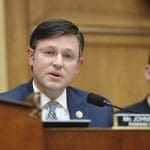
U.S. House Speaker Johnson says IVF should be protected — just not by Congress
U.S. House Speaker Mike Johnson said Thursday that it’s up to states and not Congress to preserve access to in vitro fertilization, weighing in on a growing national debate and campaign issue.
By Jennifer Shutt, States Newsroom - March 14, 2024







